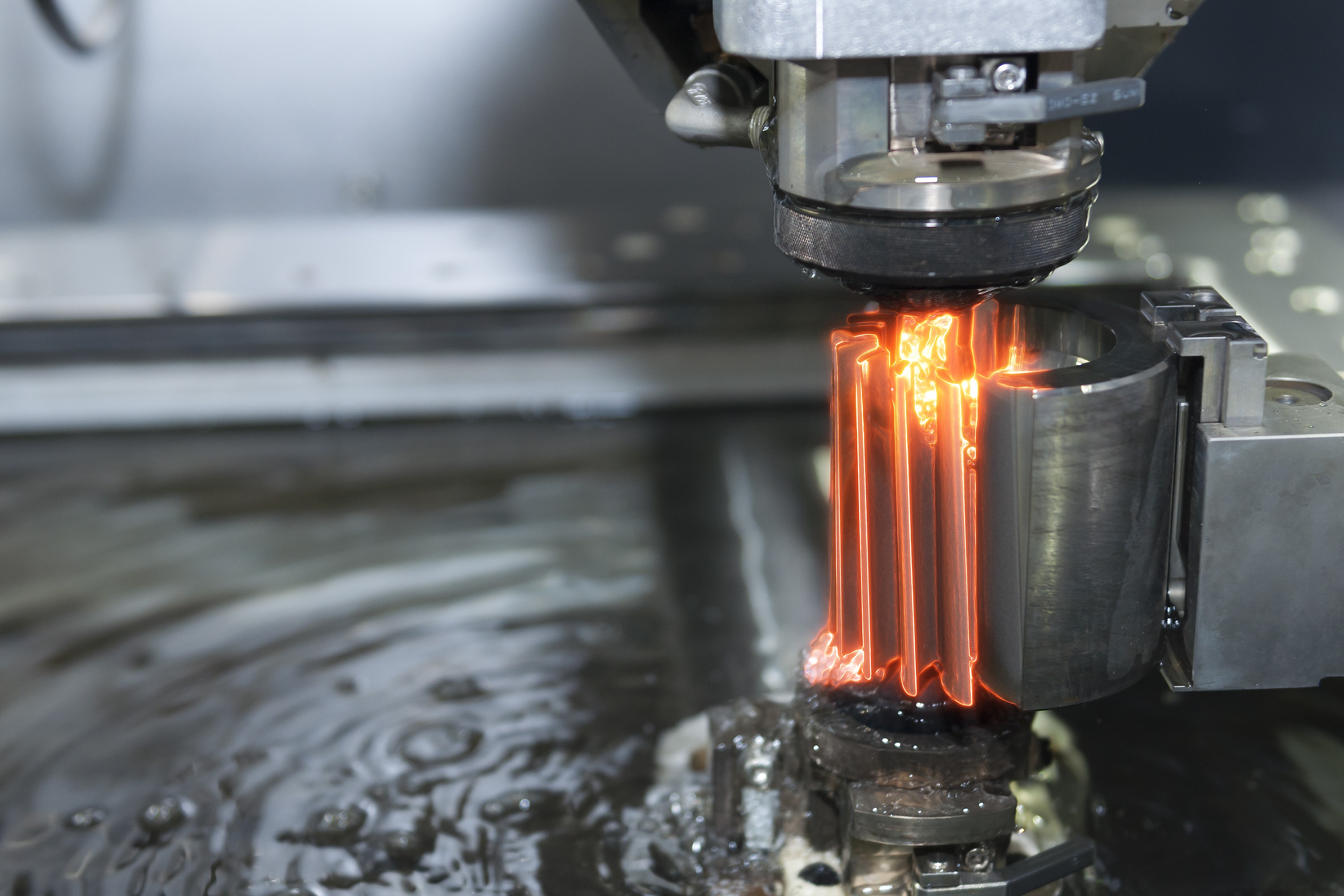Why Buy Die Cut Parts?
Yes, die cutting sometimes resembles a “cookie cutter” method, but when done right it’s a robust industrial process. In its’ most basic version, a steel rule die shaped to the correct dimensions required is pressed into the material to cut a shape. It can be cut all the way through into a discrete part or “kiss-cutt” to leave the backing layer or release liner intact. Kiss cutting keeps the parts in a sheet or on a roll and often simplifies storage. Then, when needed, it’s just a case of peeling each piece from the roll for application. Die cutting machines take several forms. There’s the flatbed or platen press, which moves up and down to cut shapes from a sheet or roll, and there’s rotary die cutting. A rotary machine has the cutting tool embedded on the outside of a hardened steel cylinder. Material in roll form such as tapes or label materials are fed underneath the die and the die cuts the shape as high speeds. There is another common method of cutting loosely referred to as “digital die cutting”. These methods utilize a CNC interface where a CAD file can be loaded into a machine and parts can be cut individually. The “cutting tool” may be a high-pressure water jet, a high-speed reciprocating knife, or a laser. These methods are extremely useful for large parts or lower volume requirements. The big advantage of die cut parts is that the shapes are pre-cut when the materials reach the line or job site. All the installer or operator does is peel and stick. A secondary benefit is quality. As die cutting is highly repeatable, every piece is the same size and shape, reducing variability in the final assembly. And third, there’s less waste compared to cutting shapes on site.Choosing A Supplier
Here are some of the most important points to consider when evaluating potential suppliers:- Material range and manufacturers. Do they deal with more than one highly rated raw material vendor? High-quality raw material suppliers and validated processes yield high-quality parts.
- Does the supplier have more than one cutting process to match the specifications and volumes required?
- Would kiss-cutting make life easier, or are individual discrete parts acceptable? As mentioned previously, kiss cut parts are very easy to handle and can be automatically dispensed.
- Dos the supplier have the knowledge to help engineer the composition and dimensions of the parts to the intended application?
- What accuracy is required? Die cutting machines and tools have different tolerances. Over specifying, tolerances can result in unnecessary tooling costs but under specifying creates waste by having parts that don’t fit or can’t do the job needed.

